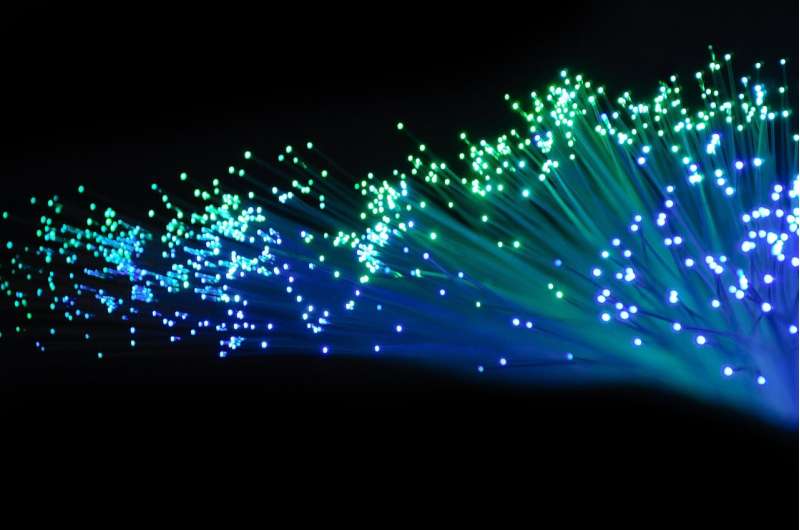Revolutionizing Cancer Treatment with Optical Fiber Technology

Optical fiber technology is revolutionizing cancer treatment by enabling real-time monitoring and precise delivery of radiation therapy, improving outcomes and reducing side effects. Discover how these tiny fibers are transforming oncology care.
Optical fibers, renowned for their pivotal role in high-speed data transmission, are now making significant strides in the field of cancer care. These slender strands of glass or plastic, traditionally associated with telecommunications, are being ingeniously repurposed to enhance precision and safety in cancer treatments.
One of the most remarkable applications is in radiation therapy, a cornerstone in cancer treatment that uses targeted radiation to obliterate malignant cells. Precise delivery is crucial, and optical fibers are enabling real-time monitoring of radiation doses inside the body. Equipped with specialized sensors at their tips, these fibers light up upon exposure to radiation, transmitting immediate data through the fiber to external detectors. This allows clinicians to adjust radiation levels dynamically during treatment, maximizing effectiveness while minimizing damage to healthy tissue.
This innovation addresses a long-standing challenge in radiation therapy: accurately measuring radiation doses inside the body during treatment. Techniques such as brachytherapy, where radioactive sources are placed in close proximity to tumors, benefit immensely from this technology. Real-time feedback reduces the risk of side effects, such as urinary and bowel issues or fertility problems, by preventing overexposure.
Developed by researchers at the University of Limerick, these fiber optic sensors are biocompatible, flexible, and do not conduct electricity, making them safe for internal use. Their small size, comparable to a strand of hair, ensures minimally invasive insertion, improving patient comfort.
Beyond sensing radiation levels, optical fibers are transforming diagnostics themselves. The innovative 'lab-on-fiber' technique integrates multiple sensors at the fiber tip, functioning as a tiny laboratory within the body. This method can assess tissue properties, detect cancerous transformations, and predict treatment responses—all without large, invasive equipment.
The versatility of optical fibers extends further into monitoring blood pressure, glucose levels, and signs of infection, exemplifying their broad potential across medicine. Their ongoing development promises more personalized, safer, and effective cancer treatments, marking a significant leap forward in oncology.
While internet connectivity often comes to mind first, these tiny fibers are quietly revolutionizing healthcare, offering a future where precision and safety in cancer treatment are vastly improved.
Stay Updated with Mia's Feed
Get the latest health & wellness insights delivered straight to your inbox.
Related Articles
New Insights into PAX3 Protein's Role in Melanoma Gene Regulation
New research reveals that the PAX3 protein primarily uses its paired domain to activate genes that support melanoma growth, offering promising targets for future treatments.
Thetis Cells: Crucial Immune Cells in Childhood Food Allergy Prevention
New research reveals that Thetis cells, a novel immune cell type, play a crucial role in establishing oral tolerance during early childhood, potentially preventing food allergies. This discovery opens doors for innovative treatments and highlights the importance of early life immune development.
Researchers Identify Inflammatory Subtype of Major Depression to Enable Precision Psychiatry
Emory University researchers identify an inflammatory subtype of major depression, paving the way for personalized treatments and improved diagnostic strategies in psychiatry.
Expansion of West Nile Virus Threat in San Diego County
West Nile virus activity is increasing in San Diego County, with recent detections in neighborhoods and ongoing mosquito control efforts, highlighting the need for preventative measures against mosquito bites.



